Bodyweight Gift For An Erector Exercises
by Richo
Posted on 13-08-2020 05:45 AM

Some exercises for the erector spinae muscles are listed below:
people who have access to a gym can go0 for exercises on the seated row or lat pull-down machines. Exercise balls can help stretch the erector spine muscles. Rest the waist on the ball and the wide-set feet on the floor and place the hands behind the head.
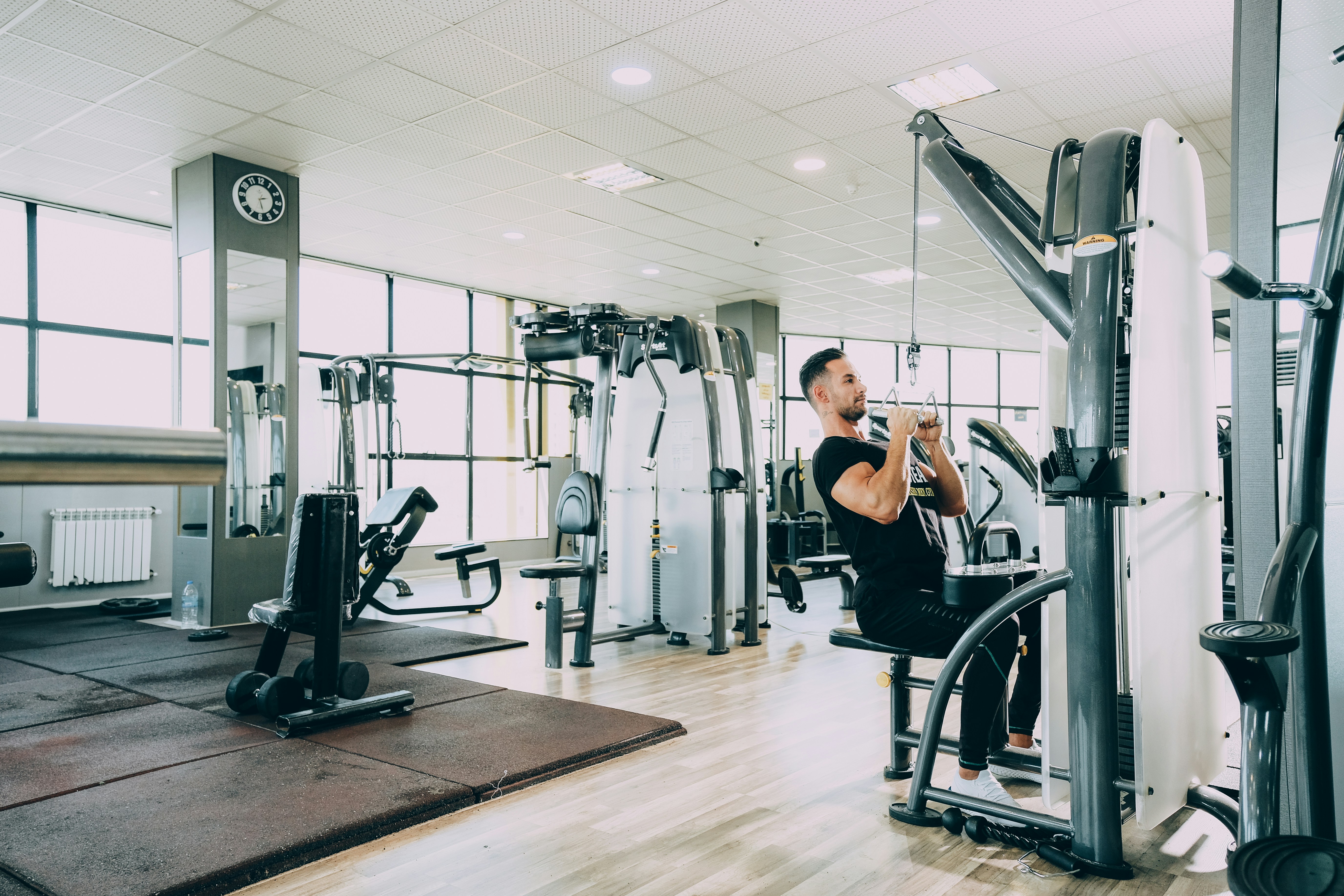
Erector spinae muscles located along the thoracic spine -- upper back -- also attach to your ribs. These muscles can become overstretched due to a hunched posture. In these cases, stretching is not indicated. However; gift ideas erector erector mugs erector present ideas spinae strengthening exercises can be performed to improve posture and spinal support. Sit or stand up straight, squeezing your shoulder blades together to contract your erector spinae muscles and keep your thoracic spine straight.
One of the compound exercises that targets the longissimus thoracis and gift for erector erector funny gift gift ideas erector spinae muscles is the deadlift. Place the barbell directly in front of you so that your feet are under the bar. Squat down and grasp the bar in an overhand or mixed grip with your hands shoulder-width apart. This is your starting position. Extend your hips and knees to lift the bar. Do not use biceps to lift the bar or allow your shoulders to round out. Return to the starting position to complete one rep.
let’s look at the structure and the functions of the erector spinae.
The erector present ideas mug gifts erector gift for erector spinae muscles have several functions.
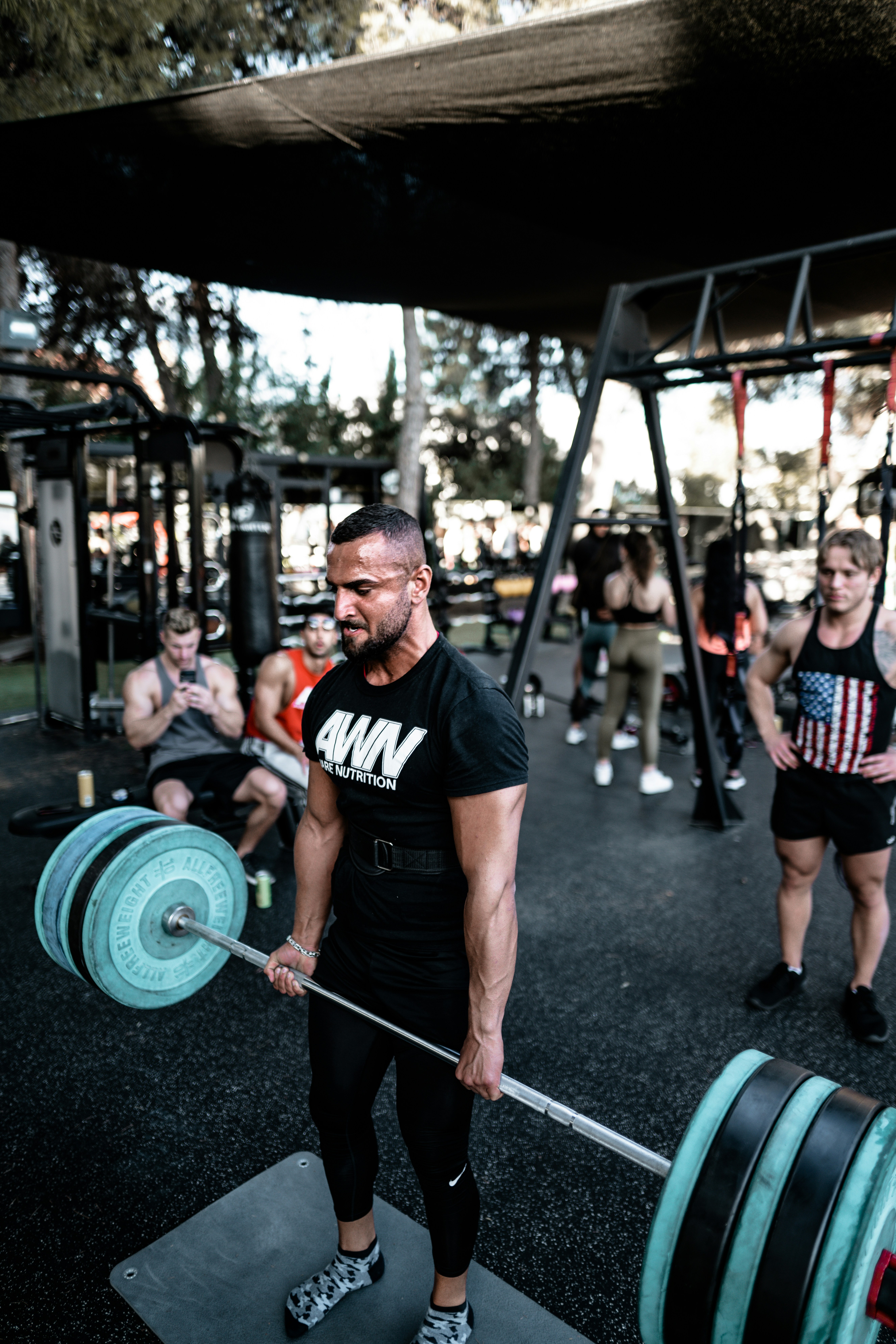
The erector spinae has multiple functions including keeping the back upright, and extension of the back. They also rotate the spine laterally and are responsible for lateral back flexion. Specifically, the iliocostalis allows you to bend laterally and extend your back. The longissimus is the largest of the three muscles and also allows you to bend laterally and extend your back. The longissimus also allows for the lateral movement of the head. The spinalis is the smallest of the erector spinae and allows the head to rotate, turn and look up.
In patients with low back pain there is decreased activity and atrophy of the multifidus muscle which affects spinal stability. The spinal control is then compensated through the increased activity of the erector spinae muscle to stabilize the lumbar spine. The increased activity of erector spinae increases the compressive load on the vertebral column, which therefore stimulates the nociceptors of the spinal structures continuously which may increase the risk of injury.
The erector spinae collectively are the muscles that support the spine, keep it upright and stable, and also extend and rotate. The easiest place to start is by recognizing the three main groups, where they are located and what actions they each perform. Then those groups get further divided into specific functions and locations on along the spine.
Things that weaken the Erector Spinae
The overactive, shortened and tight muscles include (but are not limited to) the
hip flexor complex (psoas, rectus femoris, tensor fascia latae)
adductor complex
anterior tibialis
posterior tibialis
from a side view of the body, you can see that the back-side latissimus dorsi and erector spinae (overactive) are above the gluteus maximus, medius (underactive). Meanwhile the front side has the transversus abdominus and internal oblique (underactive) above the hip flexor complex (overactive). This pattern of pulling the overactive muscles promotes and exacerbates lower-back arch, while the weakened and lengthened muscles allow it to happen.
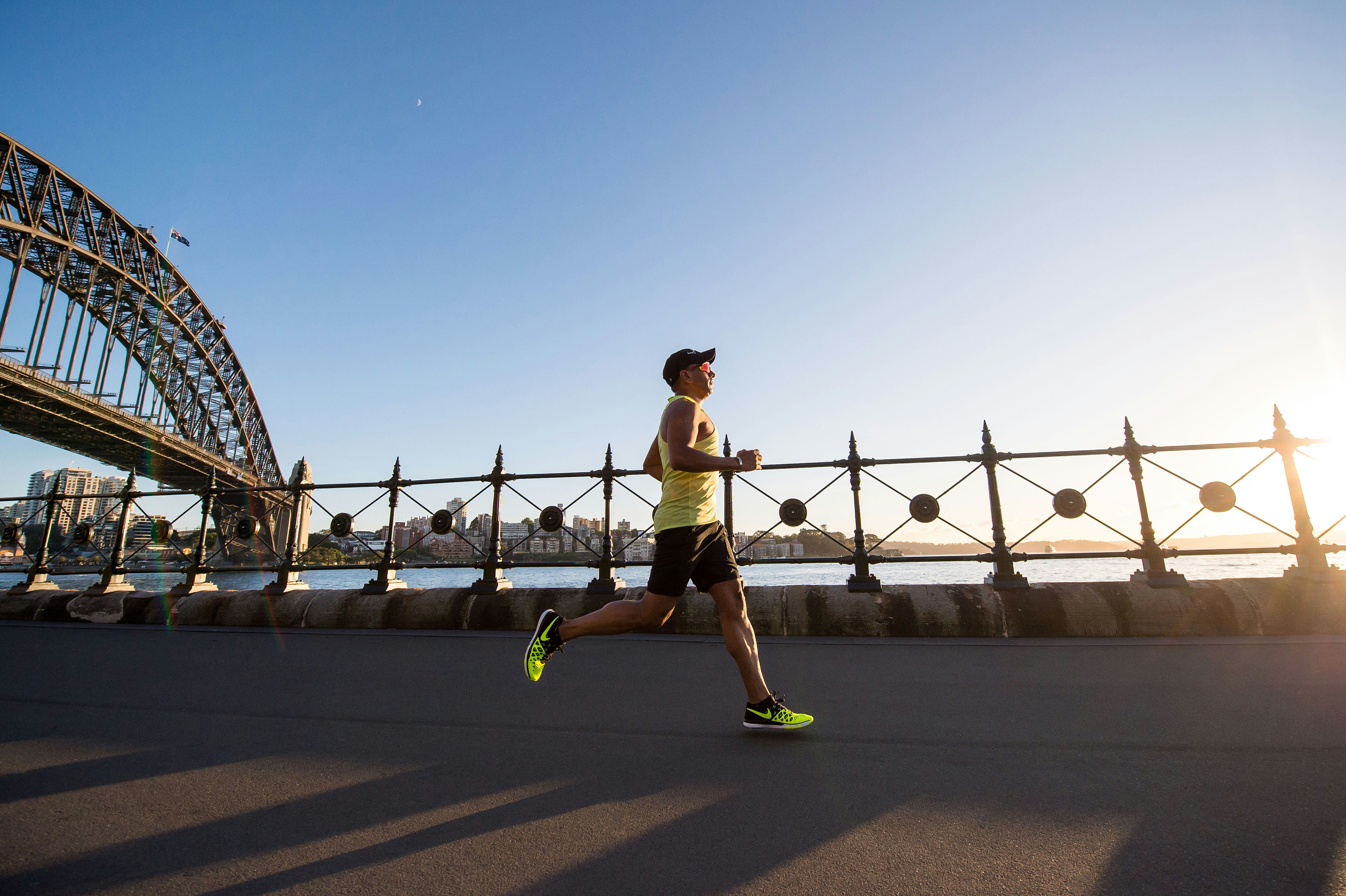
More about the erector spinae
Posted byu/[deleted] 6 years ago
archived
hi r/bodybuilding ,
i've got a pretty significant muscular imbalance in the erector spinae. Particularly in the thoracic region on the left side (oddly i am right-dominant); the muscle is enormous in comparison with the right, and when pulling conventional, it does all the work for the lower back and ends up extremely painful for a while after. I have been getting around this via sumo deadlifting but it would be nice to be able to pull conventional.
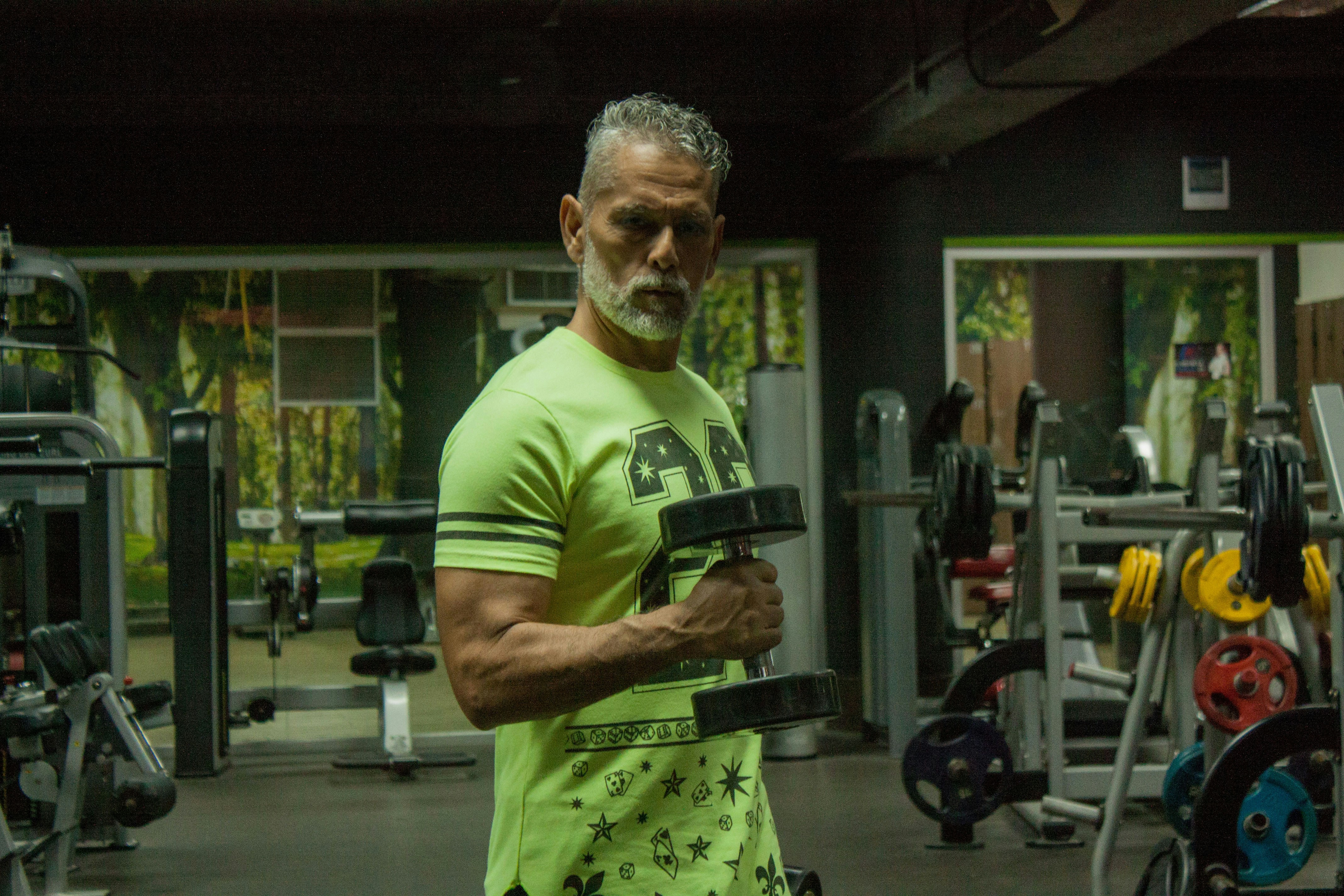
There are a lot of large muscle groups in your back. The trapezius is located in the upper back, forming a diamond shape between your shoulders and mid spine. Your rhomboids are also positioned in the mid upper back, tying into the deltoids. The largest back muscles are the latissimus dorsi, which cover the outer sides and contribute to the athletic ‘v’ taper. The muscles of your lower back are known as the erector spinae, which runs down either side of your spine. Maintaining strong and toned erector spinae will ward off the lower back problems that are common to many women. It will also help to improve your balance and coordination.
The posterior chain is a group of muscles on the backside of the body, and includes the glutes, hamstrings, and erector spinae. There is no sport on the planet that does not rely heavily on these muscles or the posterior chain as a whole. Have you ever seen a world-class football player with a small butt and hamstrings? i didn’t think so. Look at serena williams; her posterior chain is a marvel to every fitness professional.
The good morning exercise requires a barbell and targets the erector spinae, which runs from the base of the skull down to the lower back. Hoist a barbell across your shoulders behind your neck and stand with your feet about shoulder-width apart. Keeping your back and legs straight and abs tight, bend forward at the waist until your torso is parallel to the floor or just higher. Steadily rise back up and repeat.
The spinalis muscles are the most medial erector spinae muscles. They are divided into three regional groups, from superior to inferior: spinalis capitis muscle originates from the spinous processes of c7-t1 vertebrae and inserts into the midline of the occipital bone. Spinalis colli muscle originates from the same points as spinalis capitis, but also from the nuchal ligament. It inserts to the spinous processes of c2-c4 vertebrae.
If it isn’t an arm, leg, or head, it’s probably part of your core. The most famous core muscle, the rectus abdominis, sits on the front of the stomach and creates the six-pack look on extremely fit individuals. But the core is so much more than that. Underneath the rectus abdominis, the abdomen is also home to the internal and external obliques (along the sides of your torso), the transverse abdominis (the deepest layer of the core muscles), the pelvic floor muscles (which support the bladder and other pelvic organs), and the multifidus and erector spinae muscles (around your spine), explains physical therapist leython williams, d. P. T. , a physical therapist and facility manager at athletico physical therapy in lincolnshire, illinois.
Structure of the Erector Spinae Muscles
16/7/2018
the erector spinae is not just one muscle, but a bundle of muscles and tendons which run more or less vertically and are paired left to right. These muscles lie in the groove to the side of the vertebral column and extend throughout the lumbar, thoracic, and cervical regions
if the erector spinae muscle is too tight or contains tender or trigger points it may limit certain movements or make them highly unpleasant. ​.
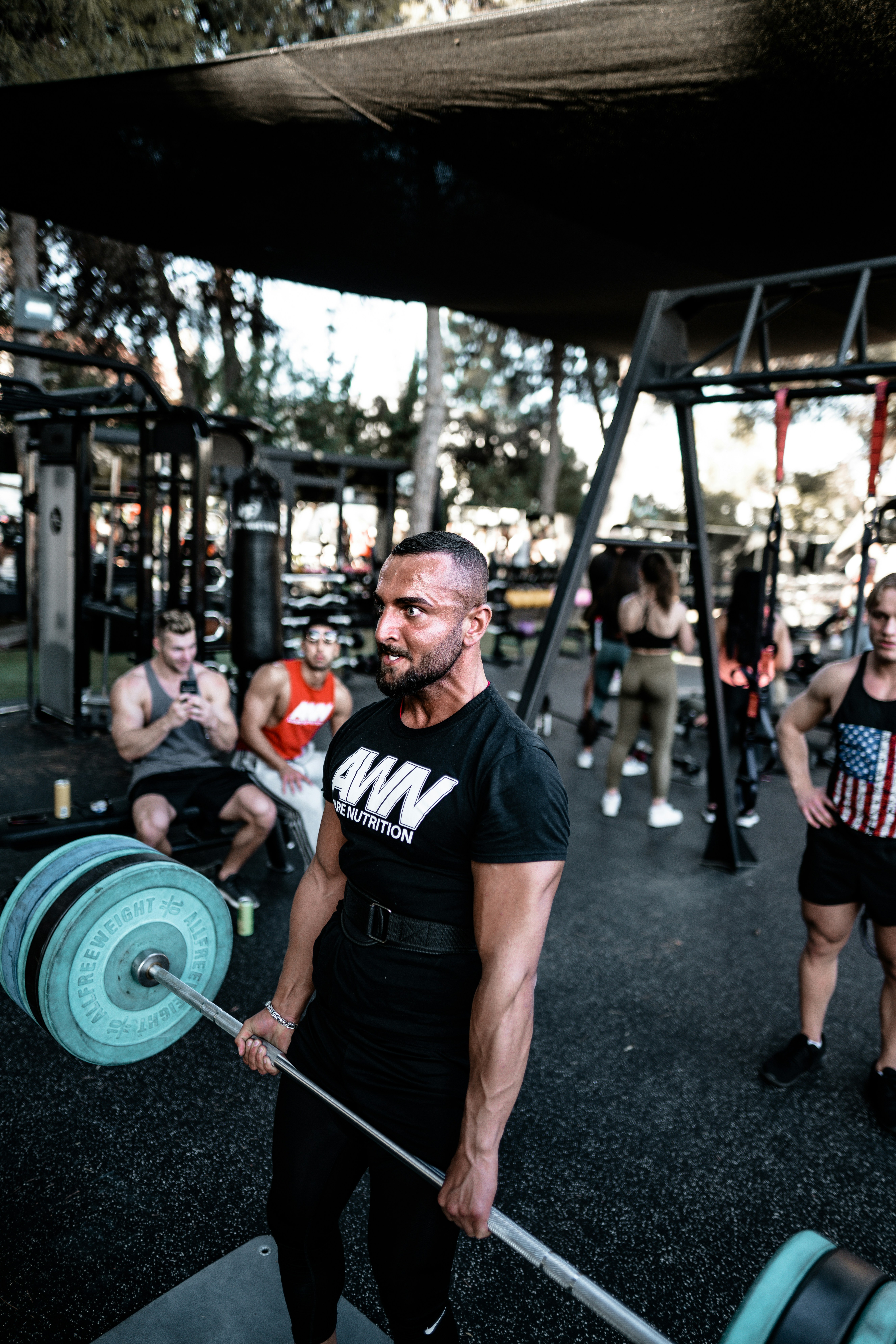
The erector spinae muscles run all the way up each side of the spine from the base of the sacrum to a portion of the muscles attaching at the base on each side of the skull. The fibres are divided further into three sets; iliocostalis, longissimus & spinalis. Tension or pain within any of these muscle fibres can cause restriction of movement of the spine and contributes to ‘knots’ within the back and severe back pain.
Name the common origin of the erector spinae muscles broad tendon which is attached inferiorly to: 1. Posterior part of the iliac crest 2. Posterior sacrum 4. Sacrotuberous and sacroiliac ligaments 5. Spinous process t12-l5 name the origin, insertion of the iliocostalis lumborum origin: common origin insertion: lower ribs and transverse processes of lumbar vertebrae innervation: dorsal rami of spinal nerves.
228 exercise 14 skeletal muscles and their actions muscles of the posterior trunk a. Deltoid b. Erector spinae c. Latissimus dorsi d. Teres major e. Trapezius ー15. Extends, adducts, and medially rotates arm 16. 17. Posterior portion extends arm; lateral portion abducts arm 18. Superior portion elevates scapula, middle portion adducts scapula, inferior portion depresses scapula muscle that extends vertebral column, maintains erect posture, and laterally flexes vertebral column muscles of the arm and forearm a. Biceps brachii b. Brachialis c. Brachioradialis d. Extensor carpi radialis e. Extensor carpi ulnaris f. Extensor digitorum g. Flexor carpi radialis h. Flexor carpi ulnaris i. Palmaris longus j. Triceps brachii 20. Extends forearm at elbow and extends arm 21. Flexes forearm at elbow and flexes arm 22. Flexes forearm 一一23. Flexes forearm and pronates and supinates forearm 24. Flexes and abducts hand 25. Flexes and adducts hand 26. Weakly flexes hand 27. Extends hand and extends phalanges 28. Extends and adducts hand -29. Extends and abducts hand muscles of the thigh adductor magnus, longus, brevis b. Biceps femoris s, gluteus maximus d. Gluteus medius.
Unless you’re an anatomy wiz, you’ve probably never heard of your erector spinae or the spinalis muscles. The erector spinae is a group of muscles and tendons, including the spinalis muslces, which run vertically up your spine. Together, the erector spinae muscle group and the spinalis muscles aid in backbending, side bending and twisting the spine. Stretching the erector spinae and spinalis muscles can help you to keep your back healthy.
Three muscles essentially make up the erector spinae, making it a muscle group -- not a singular muscle. All of the muscles perform the same action, which is to extend the spine, but they do it in different areas of the back. The three muscles are: iliocostalis: the iliocostalis muscle is the farthest from the spine and is made of three parts -- the iliocostalis lumborum, iliocostalis thoracis and iliocostalis cervicis.
What Is The Erector Spinae?
Hi, dr. Brad holden, healthfirst spine & wellness. We’re here to teach you how to take control of your health by optimizing the core four of spine, mind, food, and move. Today’s topic is going to be the lower back, or more specifically, the erector spinae muscle, and how do we stretch those muscles. A lot of times people have tension in their lower back, and they’re looking for a simple stretch that they can do to relieve that. So we’re going to cover that here today.
Granted, back and neck care center's chiropractic treatment technique, cox technic , is documented to reduce lower back pain in an average of 12 visits and 29 days (cox) and relieve 80% of pain and improve erector spinae function after just 6 treatments, demonstrating the beneficial long-term effects of cox technic flexion distraction. (hope).
Postures such as shalabhasana will cause all of the erector spinae muscles to contract and lift the spine into hyperextension. In urdhva dhanurasana, we use the erector spinae muscles to concentrically contract against the resistance of both gravity and the front of the body.
The erector spinae group is a bundle of muscles and tendons that run alongside your spine. This group consists of three segments, one of which is called the spinalis thoracis or dorsi. The spinalis thoracis is a deep band of muscle that attaches to the lower thoracic vertebrae and follows the spine up into the lower part of the neck, or cervical spine, according to the “atlas of human anatomy. †the spinalis thoracis cannot be visualized by the eye because it is buried underneath many layers of muscle that comprise your mid-back, such as:.
Somehwhat kettlebell novice here, but i'm looking for an exercise best emulates the barbell deadlift and/or works the erector spinae? background: i have a slight structural kyphosis and have dealt with a bit of upper back roundness. Before the gyms closed i was utilizing the barbell deadlift with amazing results that gave me great posture, upper back strength, and cured a lot of my pain (sore upper back and tight neck due to the kyphosis). I am without the barbell these days and picked up some kettlebells 88lb being the heaviest.
The erector spinae stretch is important for tennis players since this large muscle group is being activated during groundstrokes and the serve. During groundstrokes the erector spinae plays a supporting role in trunk rotation, basically laterally rotating and stabilizing the spine. When serving the erector spinae assists during lateral flexion of the spine during the ipsilateral loading and cocking phase of the serve.
The Different Muscles Of Your Erector Spinae
Although any paraspinal muscle innervated by the dorsi rami can be considered an erector spinae, this section only considers the iliocostalis and longissimus muscles, while other erector spinae muscles are dealt with in other articles. The deep division originates from the lumbar vertebrae and the superficial division originates from the thoracic vertebrae.
The erector spinae are a group of muscles that run along either side of your whole spine. They extend the spine and when only one side is contracting, bend your spine to the side. Immediately you’ll recognise the identical actions as our ql. They are very close co-workers. If your erector spinae are weak, again your ql has to take up the slack.
Erector spinae is a group of three variations of muscles directed upwards, like the spinalis for lateral flexion, longissimus for the spinal extension, iliocostalis for extension and lateral flexion download poles like dragons. Overall this muscle is responsible for the extension of vertebral column and lateral flexion. Another short and deepest muscle which is multifidus, responsible for a little rotation to the same side chrome 브ë¼ìš°ì € 다운로드. If the movement is an only extension (large muscle) all the times, then the rotation (small muscle) may be disappeared and eventually leads to displacement of vertebral bones or inter-vertebral disc in sideways emuparadise 다운로드. That leads to the different conditions like the simple low backache and disc bulge or a hernia. All these lead to a serious condition called sciatica in future ë°ëª¬ 무료. This muscle especially near to the center of gravity region (2nd sacral) may be prone to pathological changes.
Choose more specific or new muscle
The results of this study indicate that there isn’t one specific exercise that best activates all five muscles tested to the greatest degree. According to dr. Porcari, if a person had to choose one exercise, the bent-over row would be the best option, as it activated three of the five back muscles to the greatest degree and was the second best exercise for the other two muscles (table 2).
10 Exercises to Strengthen Your Spinal Erectors
Improve your thoracic mobility. I recommend doing thoracic extensions on a foam roller and side-lying thoracic rotations on the floor. Reduce training volume on horizontal push exercises (i. E. Benching). Reduce training volume on ab exercises involving thoracic spinal flexion (e. G. Crunches). Focus more on isometric strengthening exercises the abs (e. G. Plank variations).
When training the deadlift, how often do you consider that your spinal extensors may be the limiting factor? and beyond that, how often do you directly train them? the spinal erectors are generally assumed to get worked just from deadlifting, but as anyone who has ever used good mornings or the reverse hyperextension to great effect knows, getting the spinal erectors stronger can have a major impact on bringing up your deadlift.
Search
Categories
- Songwriter
- Resident Care
- Retirement
- Runner
- Sailor
- Helmsman
- Grammar Police
- Flight Attendant
- Fisher
- Entertainer
- Editor
- Daily Nutritinionist Facts
- Cyber Security
- Crusader
- Criminology
- Coworker
- Clinical Specialist
- Clinical
- Optometrist
- Logistician
- Magistrate
- Manicurist
- Marines
- Marketer
- Occupation
- Observer
- Officer
- Oncologist
- Painter
- Lifeguard
- Infopreneur
- Nanny
- Cartographer
- Expediter
- ESL Teacher
- Comedian
- Estimator
- Flagger
- Discjokey
- Driving
- Electrologist
- Fumigator
- Erector
- Driller
- Educator
- Dressmaker
- Forensic
- Legislator
- Harvester
- Cooker
- Inspector
- Hacker
- Civil Law
- Employer
- Enologist
- Endocrinologist
- Freelancer
- Enrobing
- Fabricator
- Forecaster
- Clown
- Criminologist
- Collector
- Docent
- Concierge
- Conservator
- Digger
- Dishwasher
- Drafter
- Donor
- Controller
- Communication
- Compounder
- Civil
- Clone
- Doctor
- Cinematographer
- Chiropractor
- Rugger
- Bailbondsman
- Jailer
- Deckhand
- Bellman
- Social Worker
- Babysitter
- Reporter
- Trainer
- Agent
- Embroiderer
- Sociologist
- Pharmacist
- Paramedic
- Insurance
- Teller
- Actuary
- Bailiff
- Coordinator
- Carpenter
- Cleaner
- Academic Dean
- Judge
- Boilermaker
- Clerk
- Apprentice
- Secretary
- Author
- Embalmer
- Hiker
- Cooking
- Deputy Sheriff
- Landscaper
- Photographer
- Pediatrician
- Pilot
- Teacher
- Archivist
- Toolmaker
- Singer
- Racer
- Accounting
- Mentor
- Vice President
- Detective
- Waiter
- Florist
- Broker
- Consultant
- Geographer
- Adjuster
- Auctioneer
- Researcher
- Cardiologist
- Marketing
- Interviewer
- Custodian
- Curator
- Caretaker
- Butcher
- Martial Arts
- Ghostbuster
- Mayor
- Machinist
- Innkeeper
- Mediator
- Conductor
- Demonstrator
- Programmer
- Cabinet Maker
- Planner
- Patient
- Copywriter
- Mechanic
- Surfer
- Employee
- Tour Guide
- Fisherman
- Surveyor
- Manager
- Supervisor
- Appraiser
- Police
- Filmmaker
- Woodworker
- Lecturer
- Inventor
- Liaison Officer
- Laborer
- Translator
- Janitor
- Tailor
- Debater
- Climber
- Politician
- Journalist
- Dietitian
- Firefighter
- Adjudicator
- Producer
- Housekeeper
- Entrepreneur
- Bartender
- Barista
- Hairstylist
- Banker
- Baker
- Electrician
- Therapist
- Astronaut
- Professor
- Architect
- Announcer
- Veterinarian
- Scientist
- Investigator
- Dispatcher
- Creative Writing
- Engineer
- Librarian
- Wanker
- Psychology
- Lieutenant
- Realtor
- Pastor
- Biker
- Nutrition
- Dancer
- Musician
- Gardener
- Farmer
- Counselor
- Boss
- Director
- Dentist
- Lawyer
- Nurse
- Accountant
- Coach
- Advisor
- Beekeeper
- Administrator